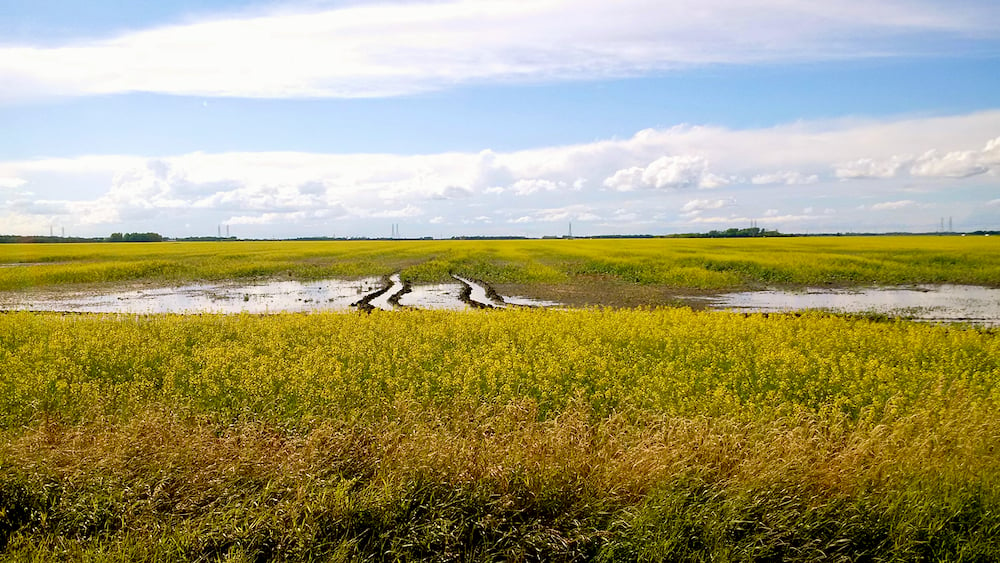Temperatures are rising, but soil is getting wetter. Why?

Soil moisture can determine how quickly a wildfire spreads, how fast a hill turns into a mudslide and, perhaps most importantly, how productive our food systems are.
Read Also

Ontario Federation of Agriculture invests in local initiatives
The Ontario Federation of Agriculture (OFA) announced it is making an additional contribution of over $100,000 into its Revive Fund…
As temperatures rise due to human-caused climate change, some researchers are concerned that soils will dry. However, between 2011 and 2020, soil moisture increased across 57 per cent of the United States during summer, the warmest time of year.
Why did soil get wetter as the planet got hotter?
A recent paper from Harvard University researchers found that precipitation, rather than temperature, overwhelmingly explains soil moisture trends. While it’s not surprising that more rain means wetter soil, the research challenges a long-standing assumption that increases in global temperatures will lead to drier soils.
“Atmospheric water has often been used as a proxy for drought, but this paper highlights distinctions between the hydroclimate of soils and the temperature and hydroclimate of the atmosphere,” said Peter Huybers, professor of Earth and Planetary Sciences at the Harvard John A. Paulson School of Engineering and Applied Sciences, and senior author of the paper.
The research team found that drying from increased temperature was largely balanced by CO2 fertilization, which allows plants to use water more efficiently. Both these effects are secondary relative to rainfall and tend to cancel each other out, leaving precipitation as the primary driver of soil moisture.
One challenge in studying soil moisture is a sparsity of data and the frequent disconnect between satellite data and ground level observations. The team compared ground level observations between 2011 and 2020 — the period during which many soil moisture measurements are available across the United States — with satellite data and found a similar increase in soil moisture.
These findings highlight the importance of improving predictions of long-term changes in precipitation in response to climate change, especially in relation to food production.
“We don’t have very accurate measurements of long-term soil moisture, but the consequences of high temperatures for agricultural yields have a lot to do with water availability,” said Lucas Vargas Zeppetello, who was a Fellow at the Harvard University Center for the Environment and first author of the study.
“Plants are generally less sensitive to temperature if they have sufficient water, but in dry conditions they can get in big trouble.”
Vargas Zeppetello is now an assistant professor at U.C. Berkeley.
“Our results suggest that reduced surface soil moisture is far from a foregone conclusion, given the uncertainty in precipitation trends around the globe,” said Huybers.
“With uncertainties in the interannual variability of rainfall and uncertainties in predictions of long-term rainfall, it’s virtually impossible to predict soil moisture in the coming decades.”
That uncertainty makes it difficult to predict growing conditions for crops, making it more important to focus on water management strategies, said Vargas Zeppetello.
Source: Farmtario.com

